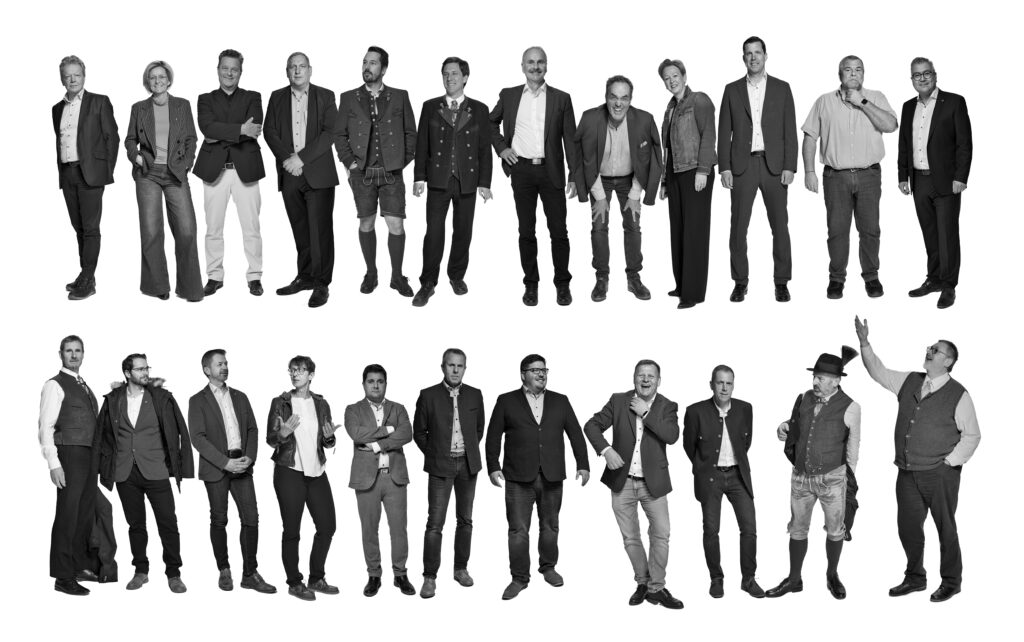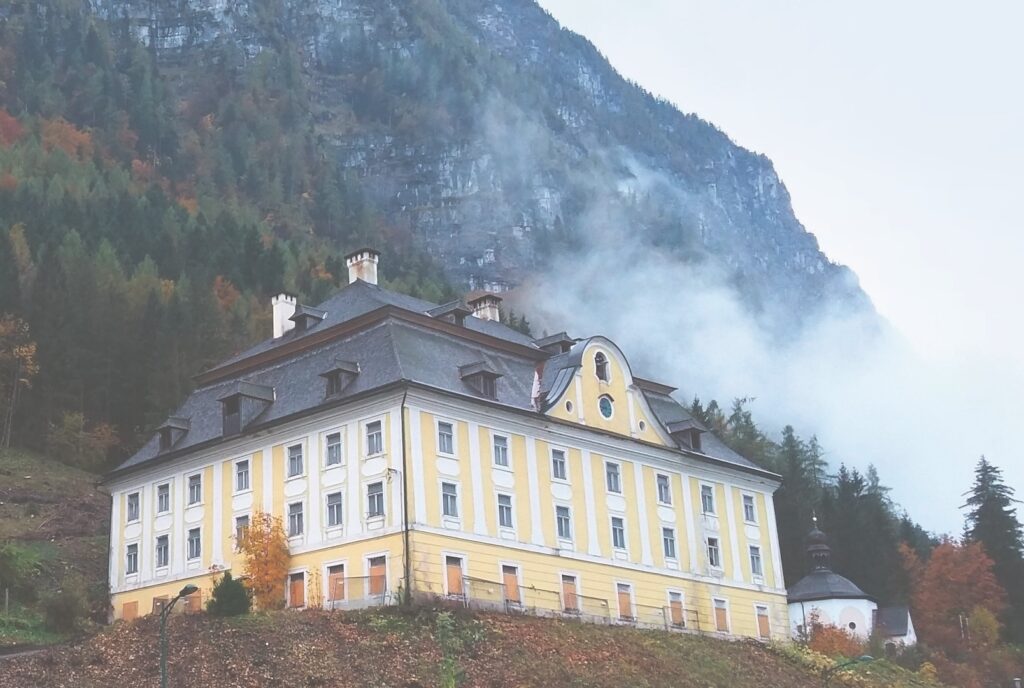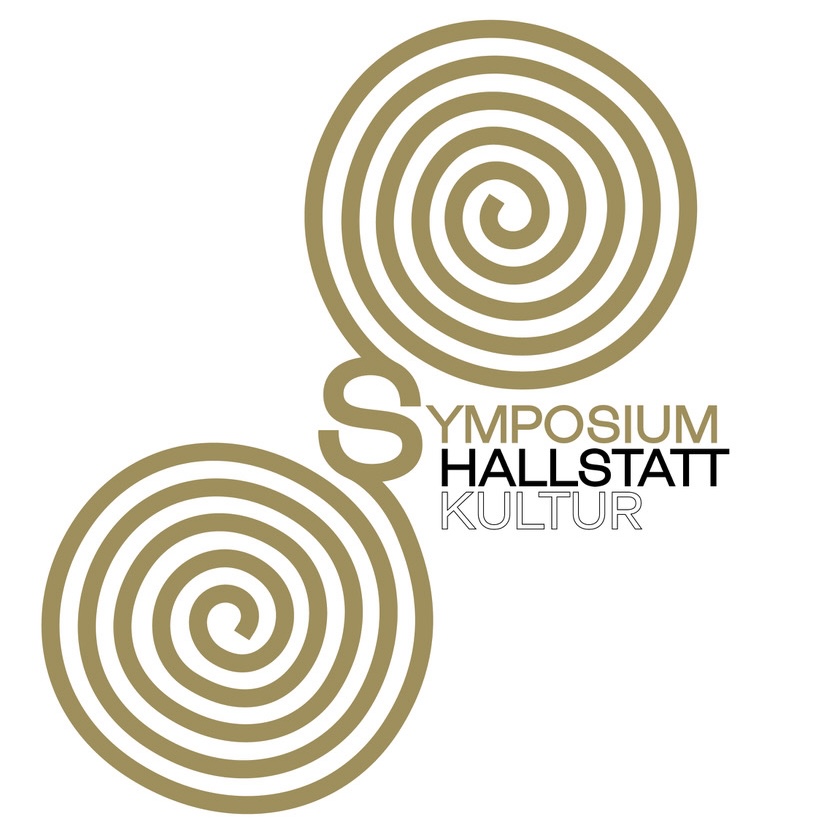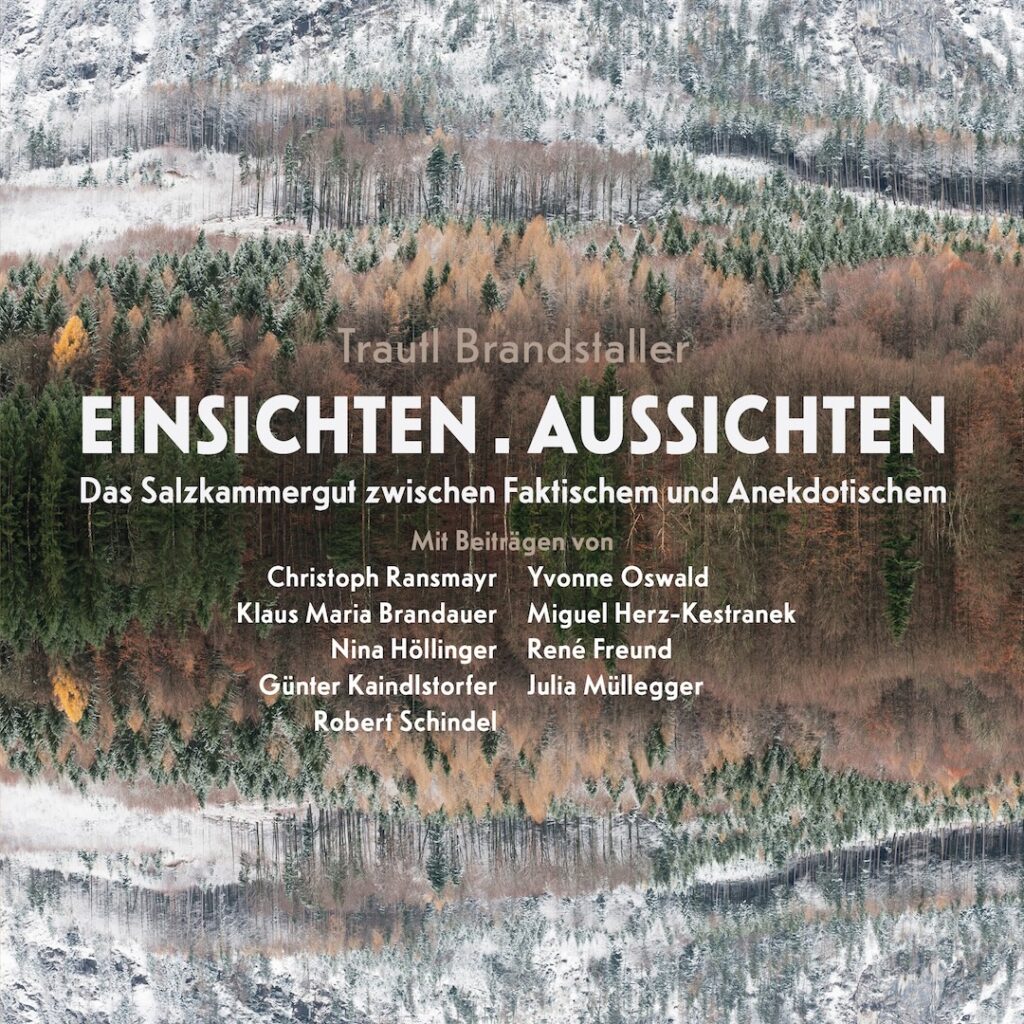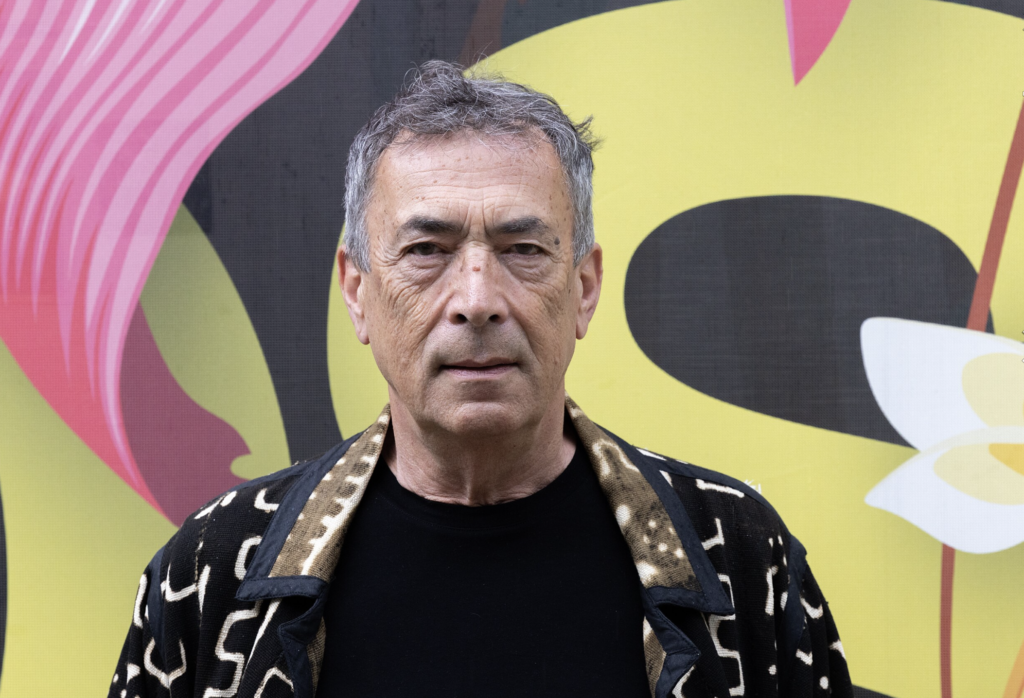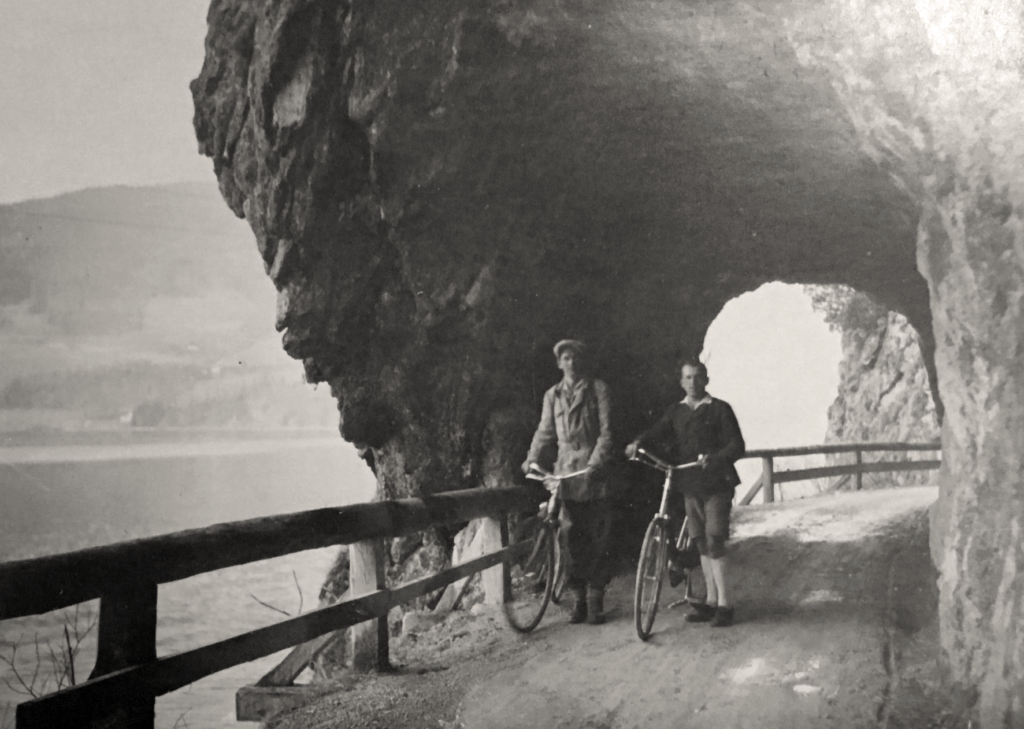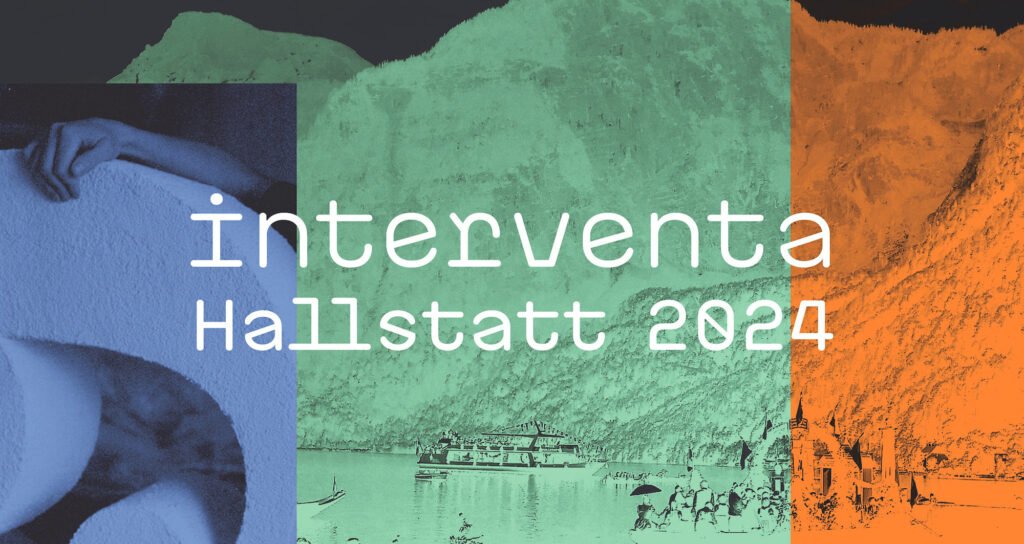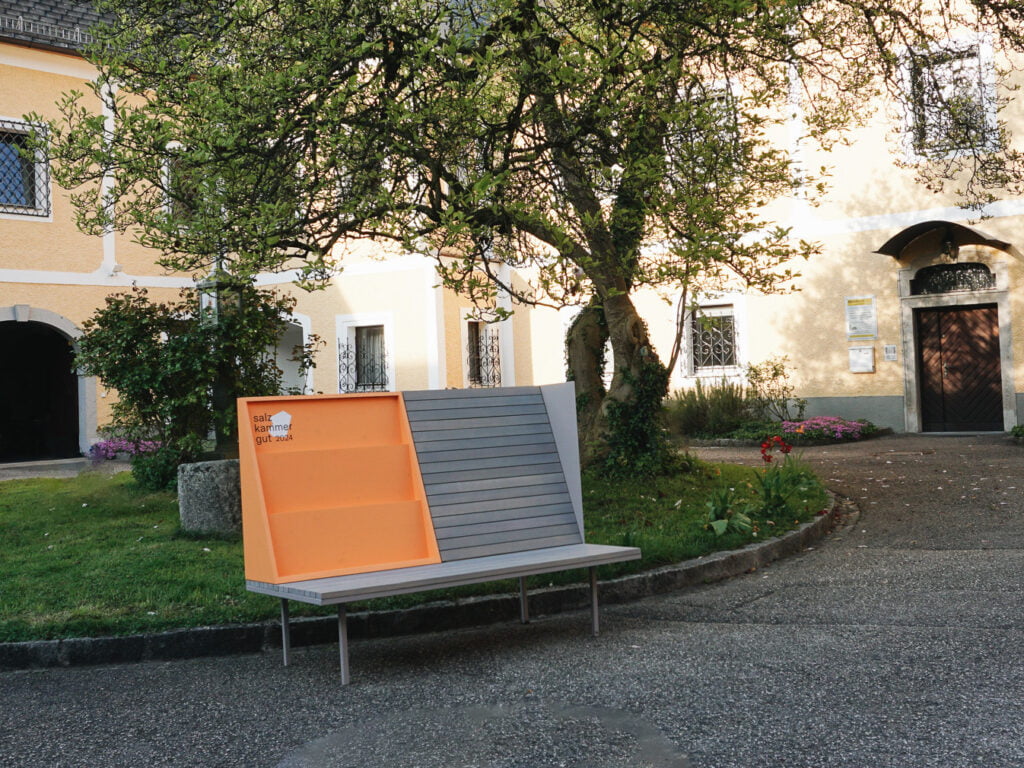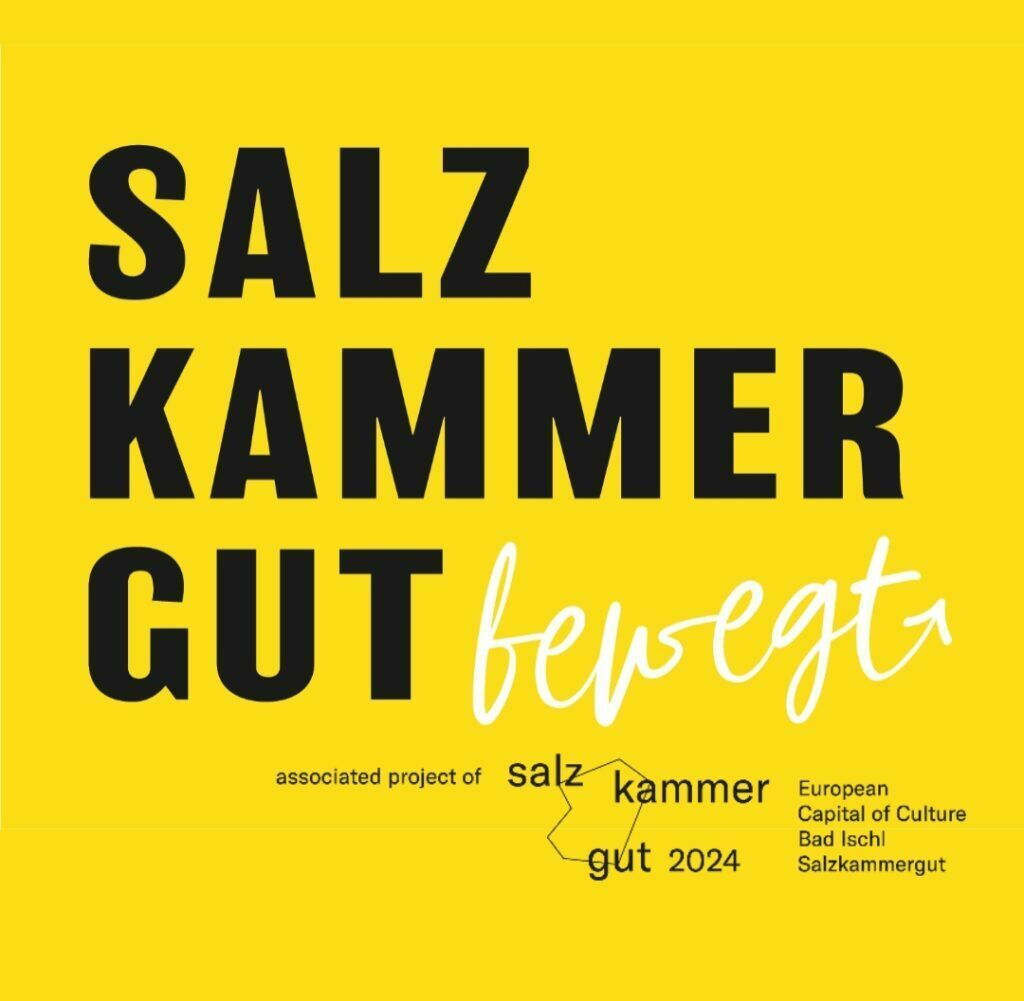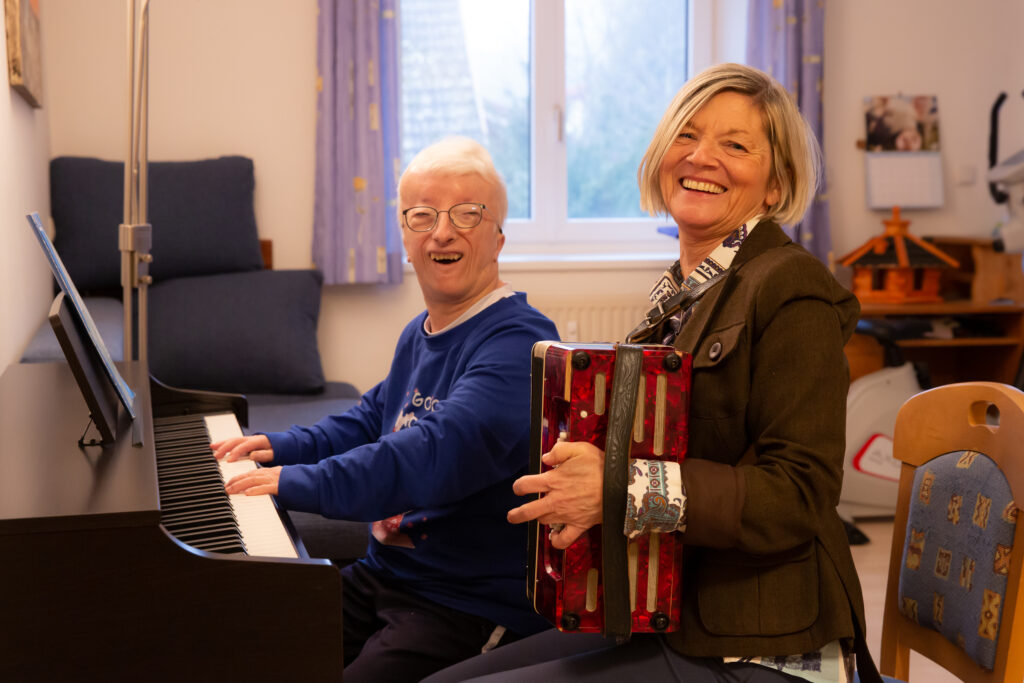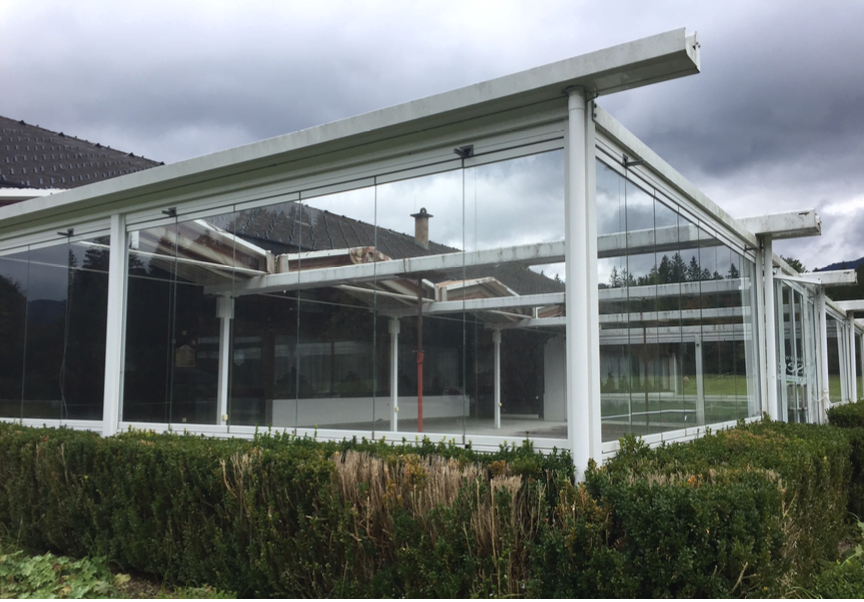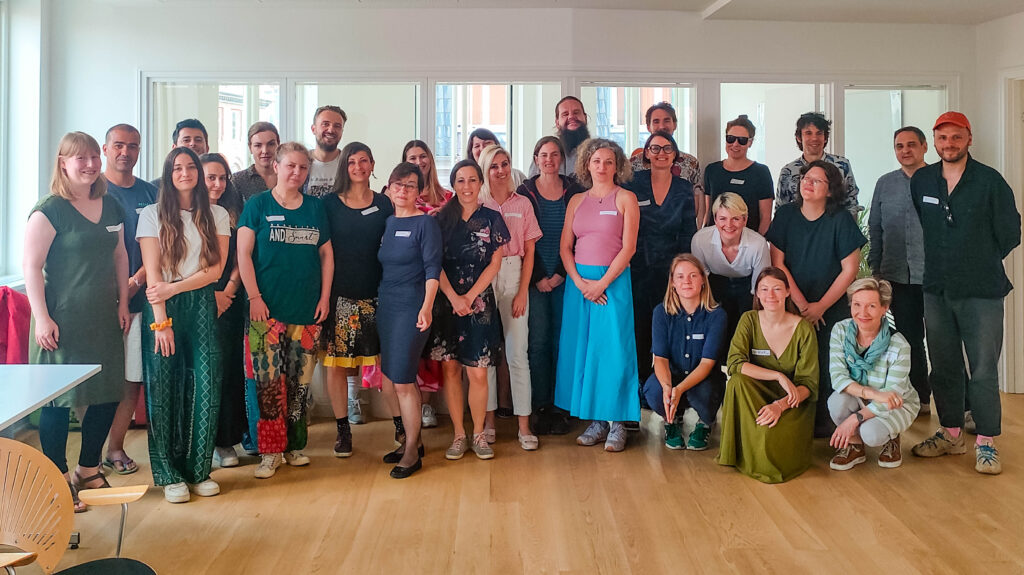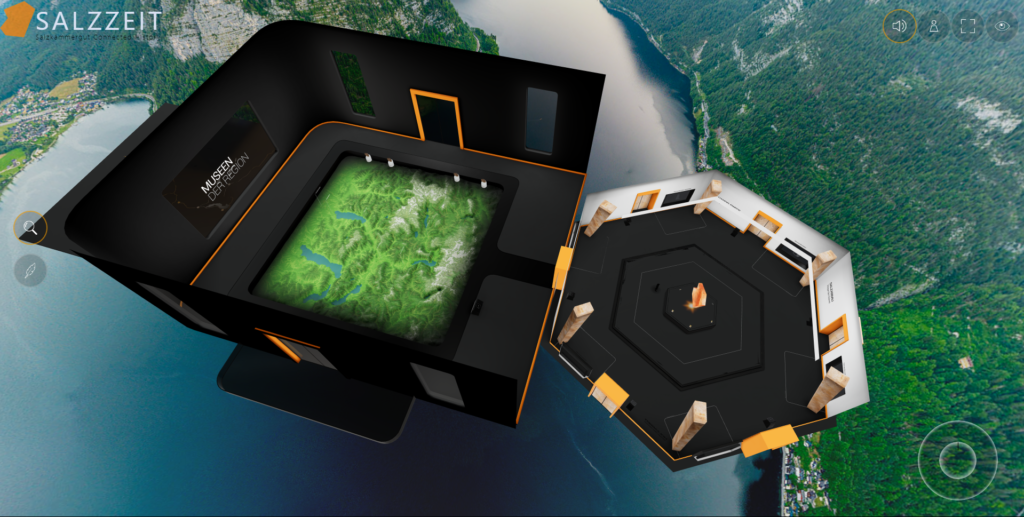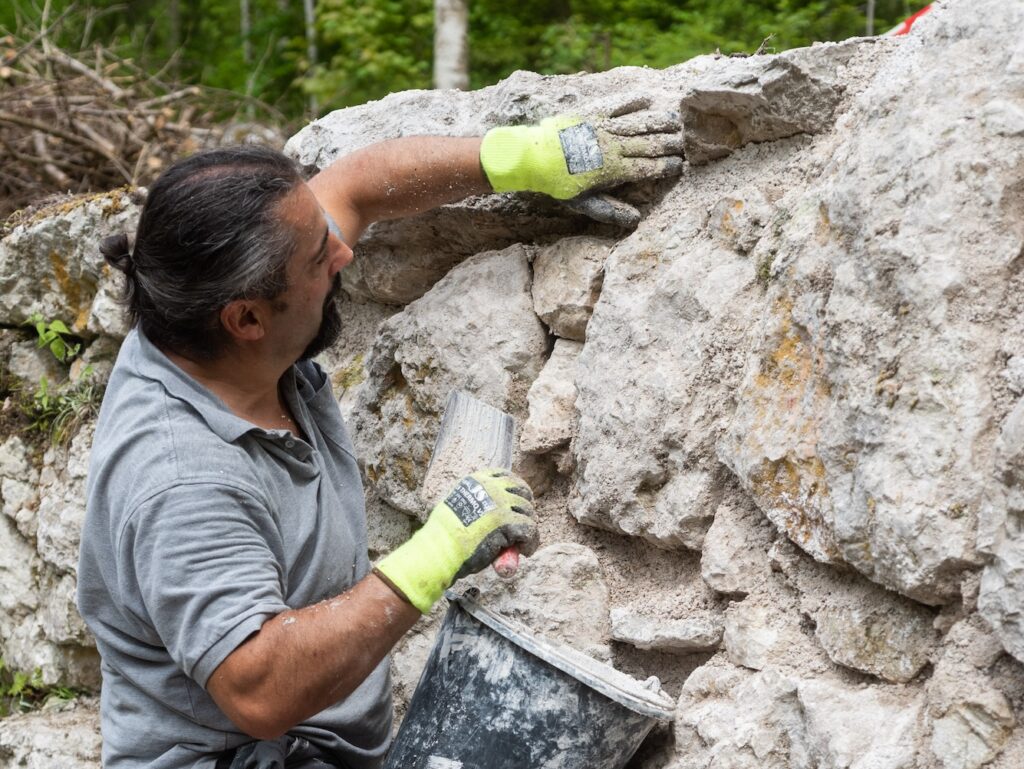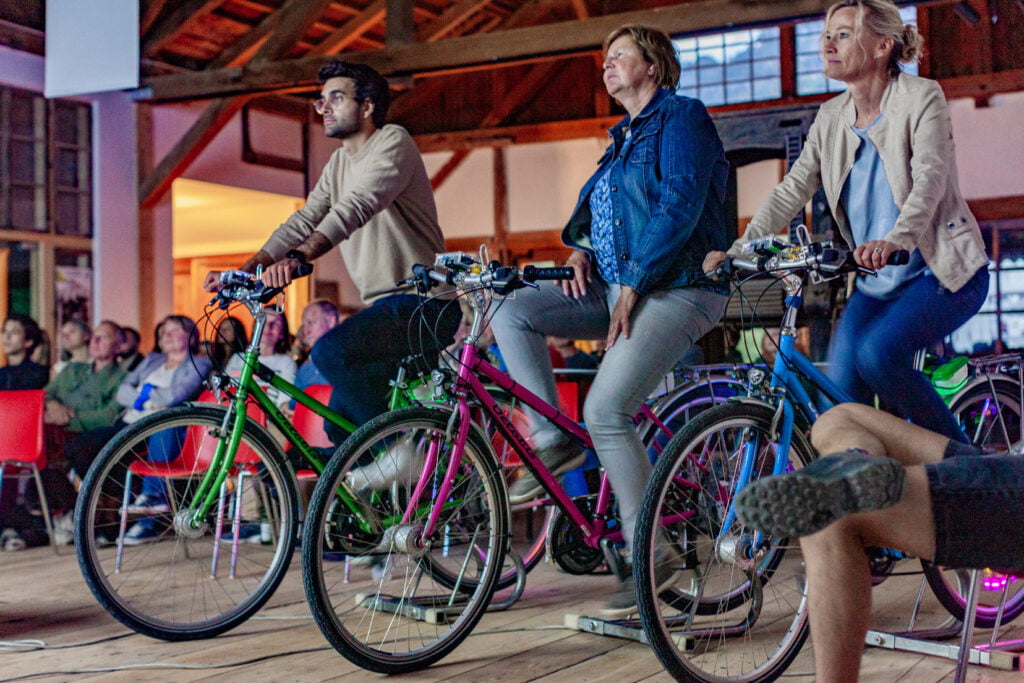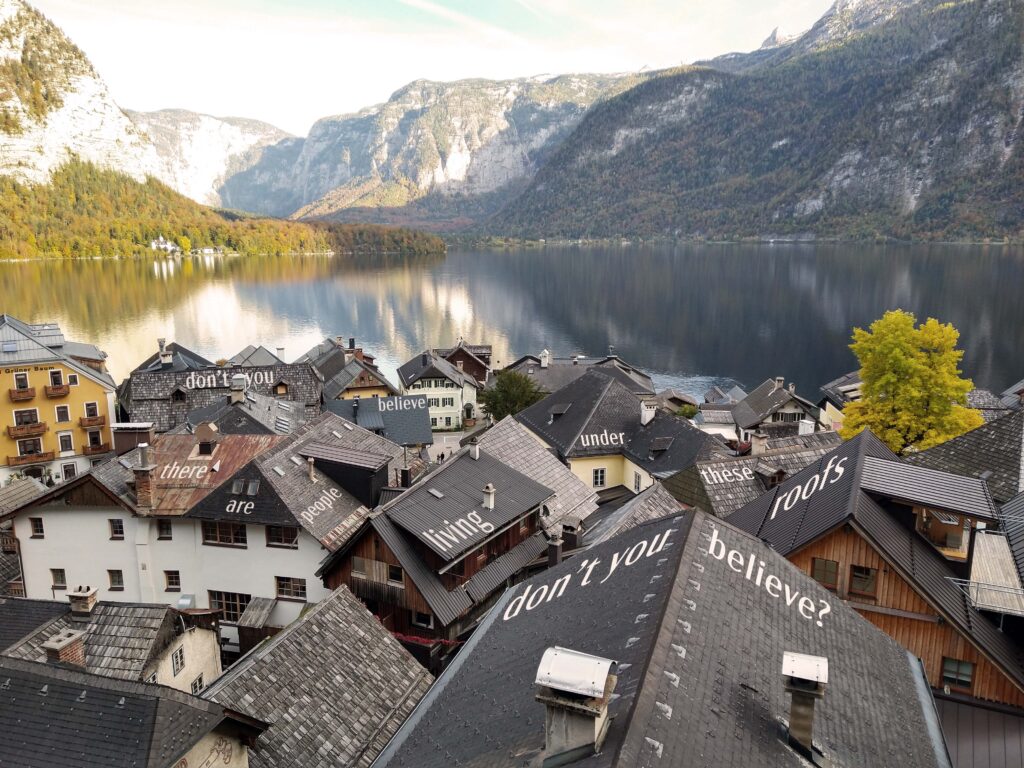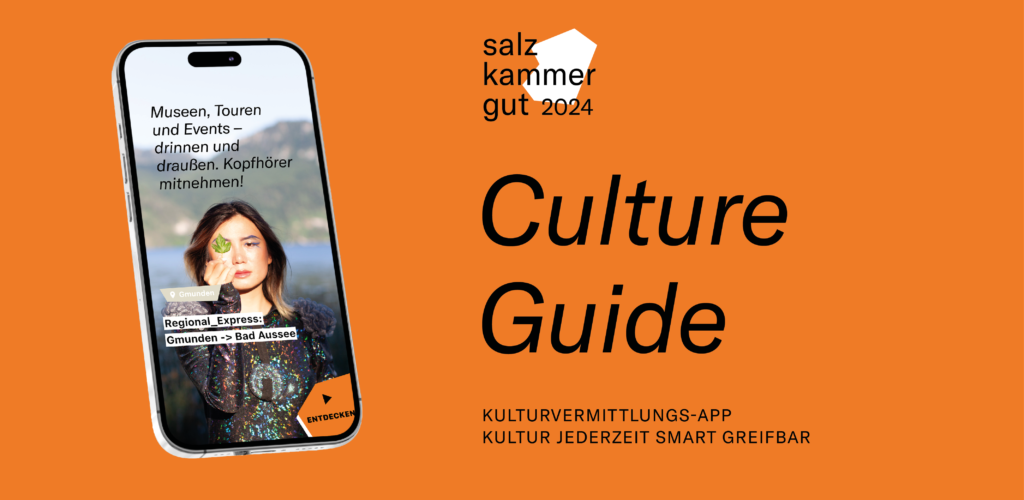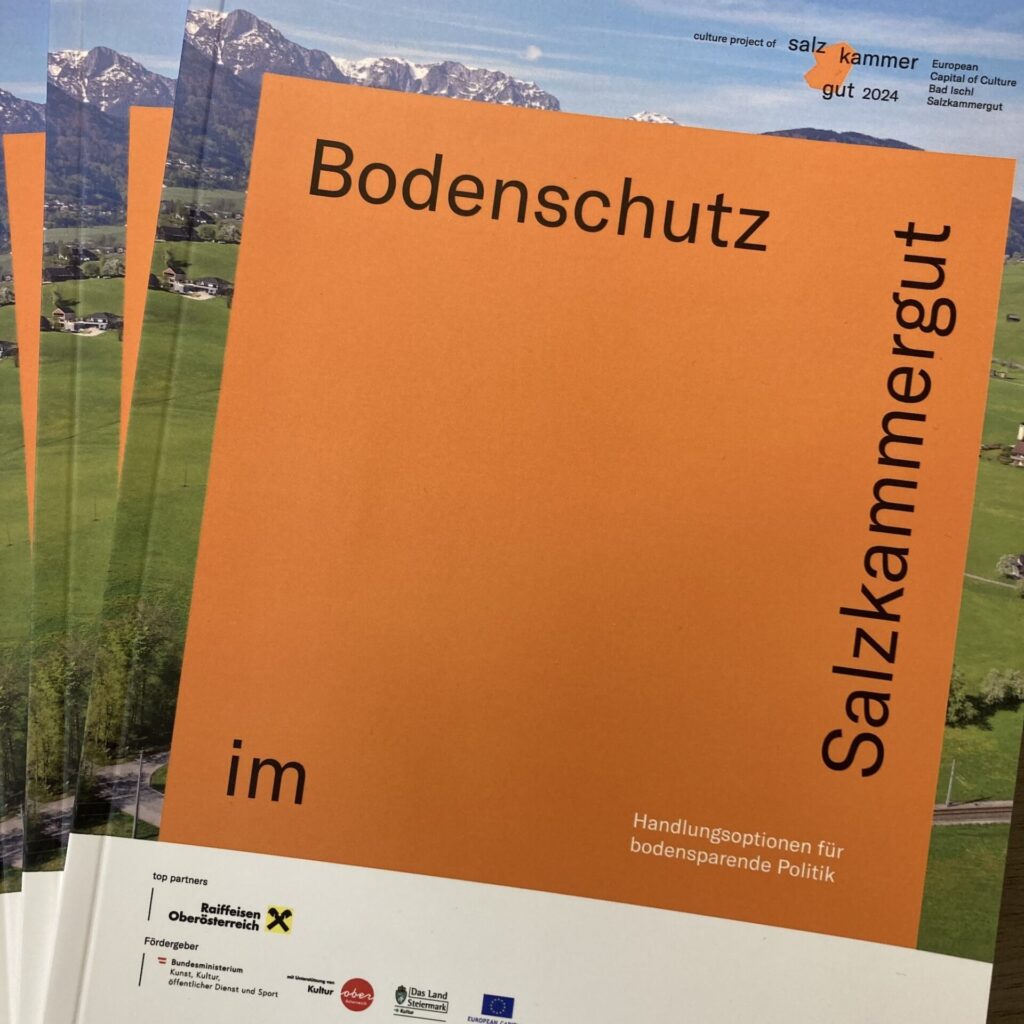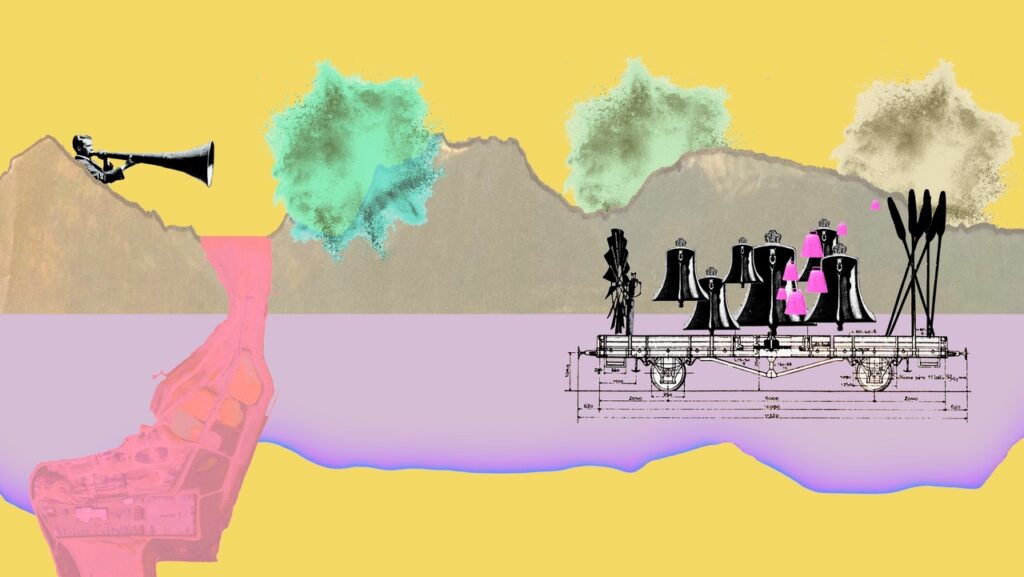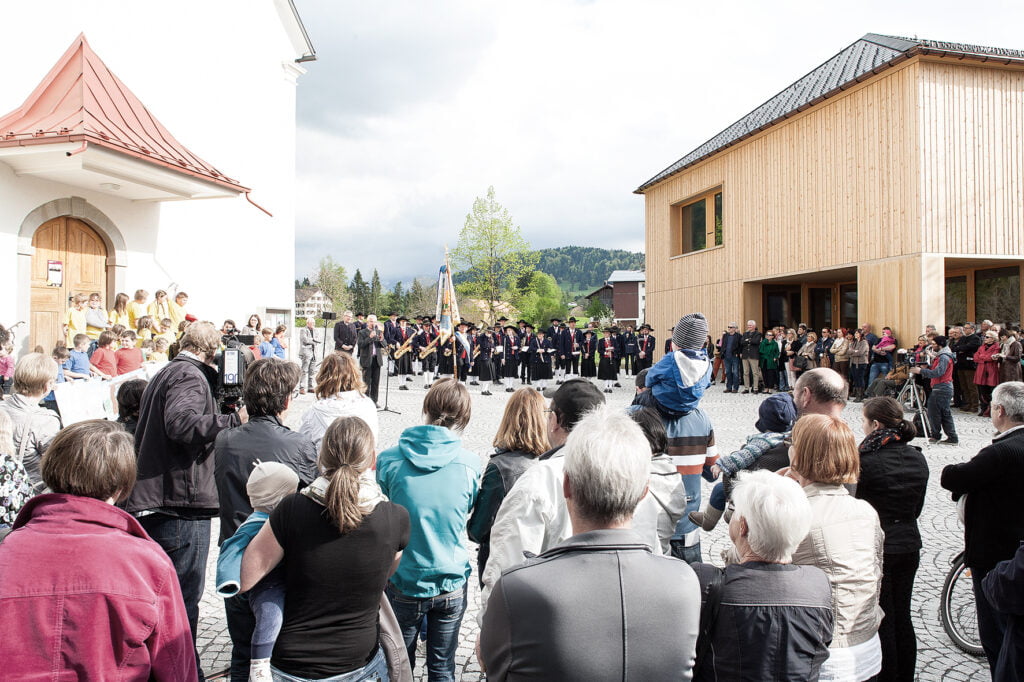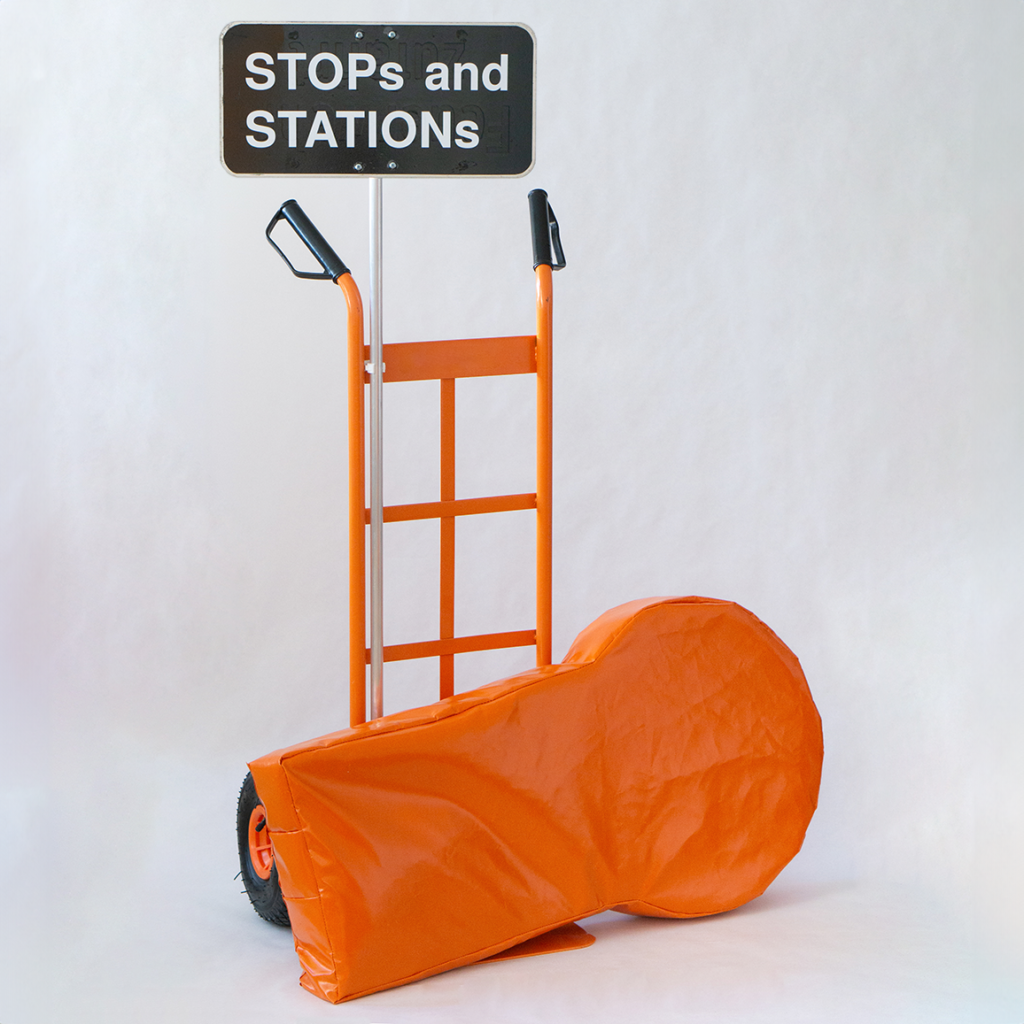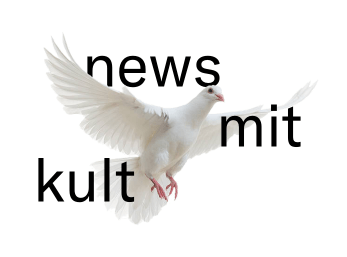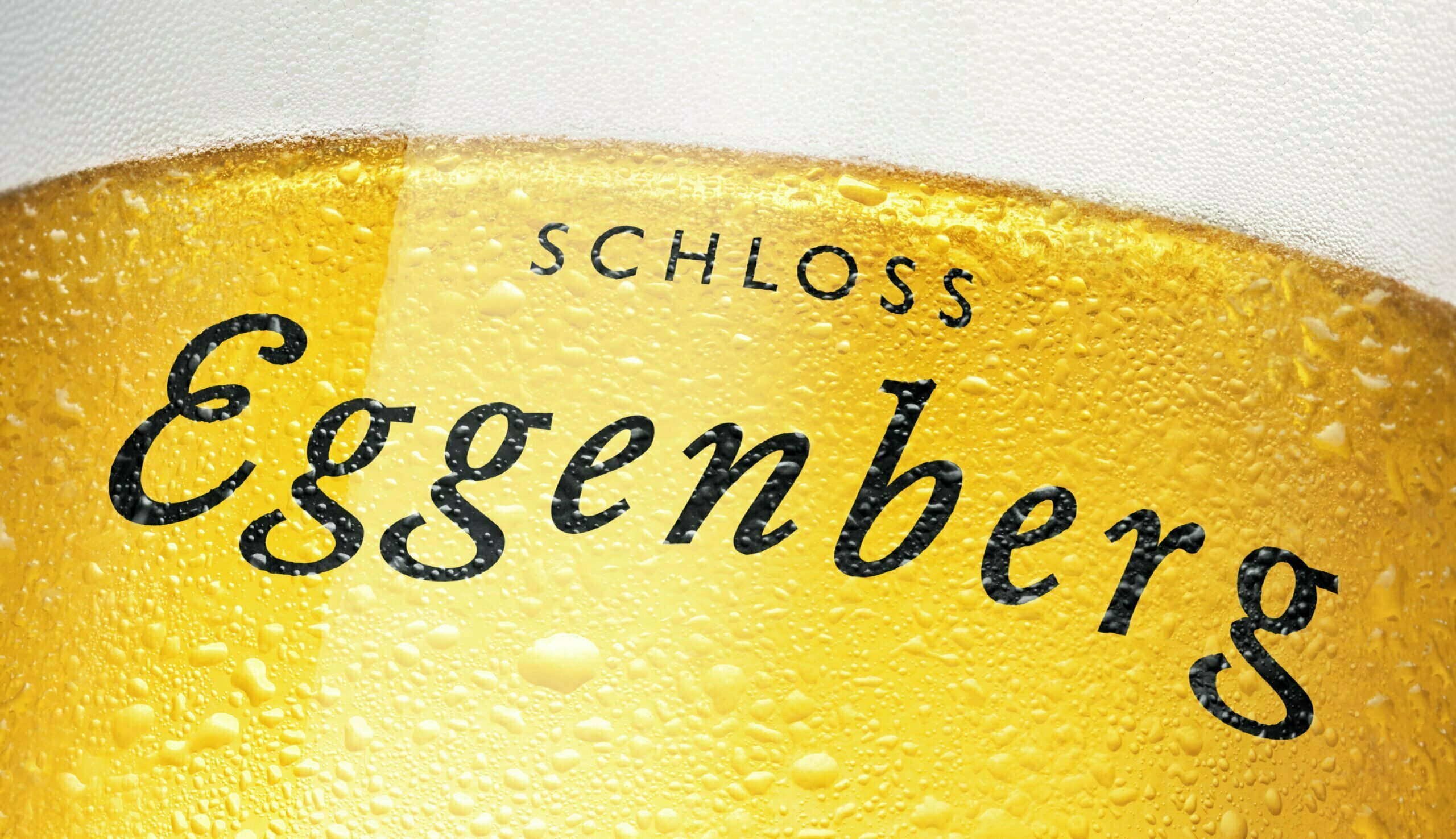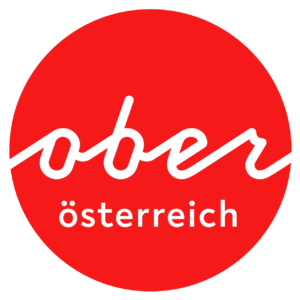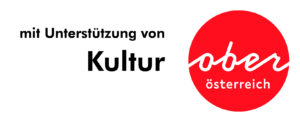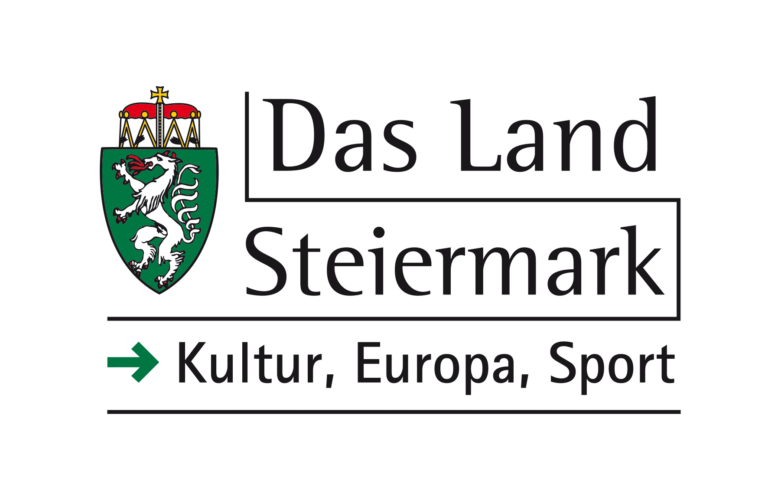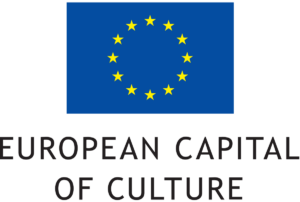Hallstatt
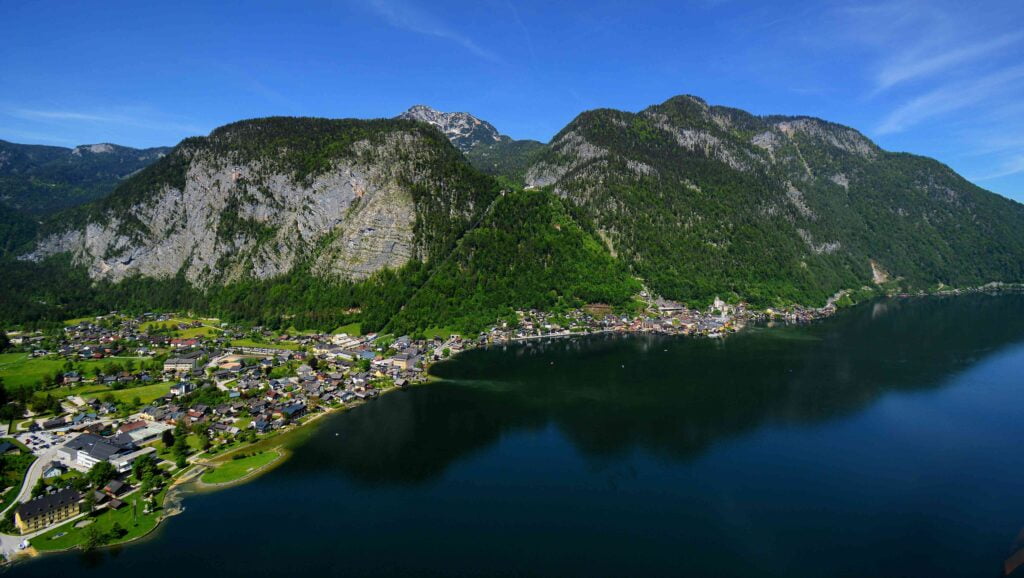
Hallstatt
In earlier times, the salt and timber industry was the main occupation of the people in this cultural landscape.
In addition, there has been a technical school for almost one hundred and fifty years. Founded in 1873 as a wood technical school, this traditional and nationally very recognized and appreciated school was further developed forty years ago into the higher technical federal school (HTBLA) Hallstatt. 450 young people, who come from all over Austria and neighboring countries, receive high-quality technical training in woodworking, interior design, furniture design, wood and stringed instrument making, boat building and restoration techniques.
The many tourists who come from all over the world are occasionally a burden for the locals, but on the other hand they are also of great economic importance. They have been responsible for the positive development of the small town during the last fifteen years. Due to the geographical location, almost no industrial companies that would offer good jobs are located in the region “Inner Salzkammergut”, an area very far away from the traffic arteries (highways). Therefore, tourism has become all the more important for several decades.
As a tourist community, Hallstatt has enjoyed a steadily increasing demand for years, and guests from all over the world spend their vacations in the small market town. Until the outbreak of the Covid pandemic in 2020, there were about 145,000 guest nights.
The outbreak of the pandemic led to the cessation of international air travel. On the one hand, the absence of the many international guests “got rid” of a problem for the market community from one minute to the next, which had occupied the inhabitants massively for many years, but on the other hand it meant a great threat to the existence of many entrepreneurs and their employees and triggered justified worries about the future.
Last year, in 2022, the number of overnight stays already approached the 100,000 mark. Together with the many day tourists, both the community and its population as well as the businesses achieve an enormous added value.
The construction of the “Heritage Hotel Hallstatt”, in which the market town of Hallstatt is a shareholder with 49%, was a very important and decisive impulse for a positive development of quality tourism in 2009. The aim was to increase the number of overnight stays and thus the added value in the town.
This marked the beginning of year-round tourism for hotels and restaurants, the Salzwelten as operator of the visitor mine and funicular railroad, and the Hallstättersee shipping company. Until fifteen years ago, there was only one season, which lasted from Easter to late summer. In media reports at that time Hallstatt was described as “the dying village”.
Since then, the local businesses, but also the public authorities, have made large investments, and many new jobs have been created in the village, both in the federal school and in the tourism sector.
With its positive business results, the “Salzwelten”, the tourism company of the Salinen Austria AG, contributes significantly to the fact that the alpine, very cost-intensive salt production still exists in Austria. This also applies to the financing of archaeological research at and in the Hallstatt Salt Mine, which is also gratefully supported financially by the Province of Upper Austria and the federal government.
The prehistoric tunnels, in which important found pieces are constantly coming to light, have to be maintained at great expense in order to remain accessible. Along with the famous burial ground at Salzberghochtal, these historic galleries were one of the main reasons why the “Hallstatt-Dachstein-Salzkammergut” region was designated a World Heritage Site by UNESCO in 1997. It is undoubtedly a unique selling point worldwide that in Hallstatt a product, in our case the food and industrial product salt, has been mined in one and the same place for over seven thousand years, right up to the present day. This has been worked on and documented for decades by the archaeologists of the Natural History Museum (NHM) in Vienna, who operate a scientific research center at the Salzberghochtal in Hallstatt.
Sehenswertes in Hallstatt
Heading zweizeilig
Lorem ipsum dolor sit amet, consectetur adipiscing elit. Ut elit tellus, luctus nec ullamcorper mattis, pulvinar dapibus leo.
Heading zweizeilig
Lorem ipsum dolor sit amet, consectetur adipiscing elit. Ut elit tellus, luctus nec ullamcorper mattis, pulvinar dapibus leo.
Heading zweizeilig
Lorem ipsum dolor sit amet, consectetur adipiscing elit. Ut elit tellus, luctus nec ullamcorper mattis, pulvinar dapibus leo.
Heading zweizeilig
Lorem ipsum dolor sit amet, consectetur adipiscing elit. Ut elit tellus, luctus nec ullamcorper mattis, pulvinar dapibus leo.
Heading zweizeilig
Lorem ipsum dolor sit amet, consectetur adipiscing elit. Ut elit tellus, luctus nec ullamcorper mattis, pulvinar dapibus leo.
Heading zweizeilig
Lorem ipsum dolor sit amet, consectetur adipiscing elit. Ut elit tellus, luctus nec ullamcorper mattis, pulvinar dapibus leo.
Heading zweizeilig
Lorem ipsum dolor sit amet, consectetur adipiscing elit. Ut elit tellus, luctus nec ullamcorper mattis, pulvinar dapibus leo.
Heading zweizeilig
Lorem ipsum dolor sit amet, consectetur adipiscing elit. Ut elit tellus, luctus nec ullamcorper mattis, pulvinar dapibus leo.
Magazin
Introtext Lorem ipsum dolor sit amet, consetetur sadipscing elitr, sed diam nonumy eirmod tempor invidunt ut labore et dolore magna aliquyam erat, sed diam voluptua. At vero eos et accusam et justo duo dolores et ea rebum.
